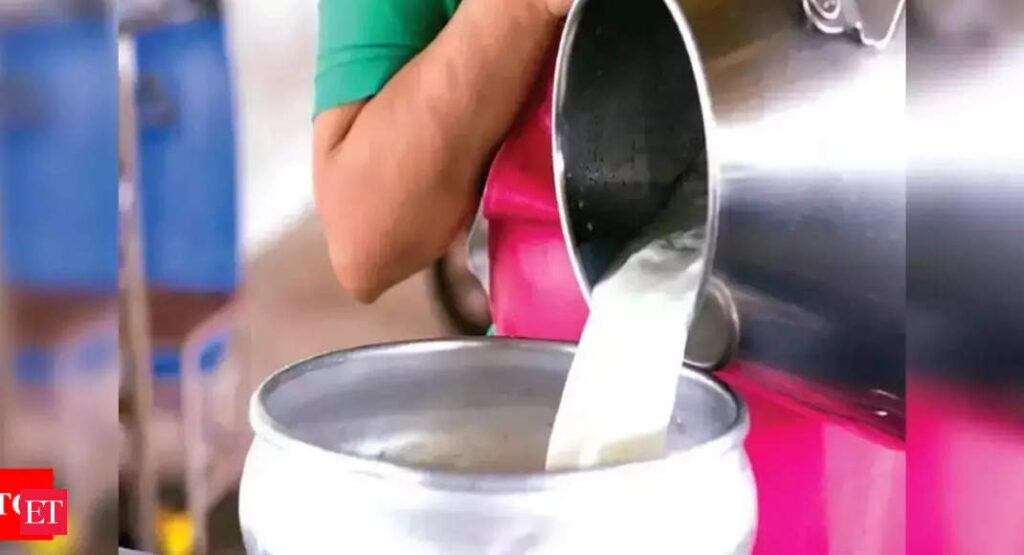
“It will be the equivalent of ONDC for lending. Banks will be able to tap into datafrom multiple sources to decide on giving loans,” said an RBI official.
The entire procedure is app-based, and it can be utilized by either the borrower or bank employees. These staff members will use hand-held devices and biometric authentication to verify the borrower’s identity and consent before disbursing the loan. For farm loans, for instance, banks will process a loan using the digitized bank records, the PAN, voter ID, or other government-issued ID cards.
Currently, five states are on board with more joining in. Similarly, for milk, only Amu’s database of 30 million farmers can be accessed at the moment. But satellite data or soil health reports can also be accessed by banks, on request, to determine the creditworthiness, for say, a loan to grow wheat, paddy or maize. Based on a Nabard-developed formula, loans are sanctioned according to the land holding.
When the project started a key challenge was to get banks to rework their processes since their loan origination systems did not interact. “Even if they could access land record details, KYC, credit score or other details, it was not integrated. Similarly, each bank had to get into separate tie-ups with states, making the task tough,” explained another RBI official.
(With inputs from TOI)



